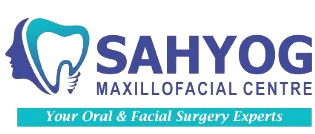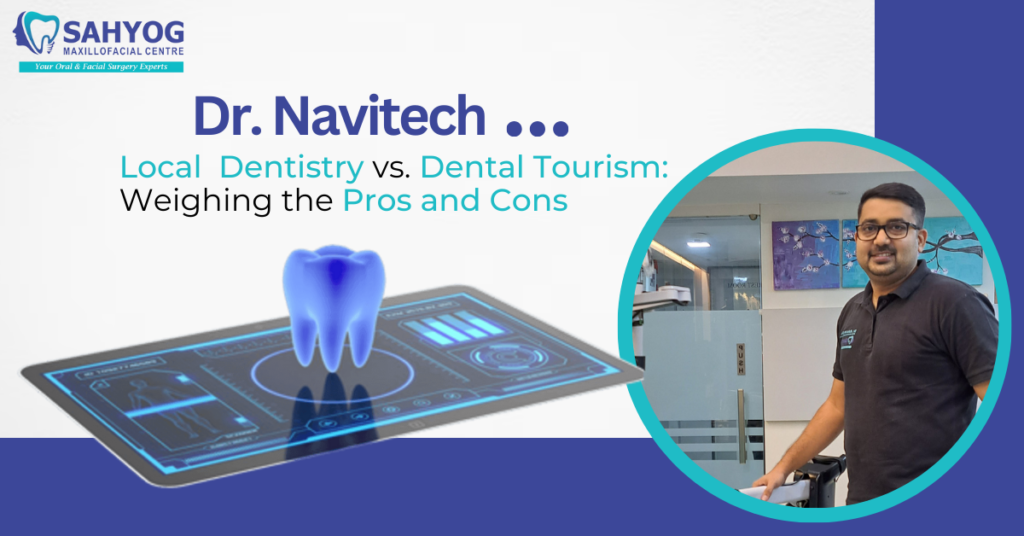People can choose between local dentistry and dental tourism when it comes to dental care. In contrast to dental tourism, which involves traveling abroad to receive dental care at a lower cost, local dentistry refers to receiving care within your nation. The advantages and drawbacks of each choice are different.
To assist you in choosing the best course of action for your dental requirements, let’s compare the advantages and disadvantages of dental tourism and local dentistry.
1. Quality of Care
Regarding the quality of care, both dental tourism and local dentistry have their strengths. Local dentistry allows patients to access dental services within their community, often with established relationships and familiarity with the dentist. This can provide a sense of comfort and convenience.
On the other hand, many dental tourism destinations in India have reputable dental clinics that offer high-quality care. These clinics often adhere to international standards, employ skilled professionals, and utilize advanced technologies. However, it is essential to research and choose a reputable dental clinic when opting for dental tourism to ensure quality treatment.
2. Cost Considerations
The price should be taken into account when comparing dental tourism and in-town dentistry. In comparison to local dentistry costs, dental tourism frequently offers more affordable treatment options, with potential savings ranging from 40% to 70%. Comprehensive dental care may be more affordable for people who might not otherwise be able to afford it thanks to this cost advantage. When choosing dental tourism, it’s crucial to take into account additional costs like travel, lodging, and other associated costs.
3. Convenience and Accessibility
Local dentistry offers convenience and accessibility, as patients can easily schedule appointments and receive timely care without the need for travel.
Dental tourism, on the other hand, may require travel arrangements and coordination with the dental clinic abroad. While this may require more planning and time, it offers the opportunity to combine dental care with travel, allowing patients to explore new destinations and make the most of their trip.
4. Language and Cultural Differences
Language and cultural differences can be a potential challenge in dental tourism. Communication with dental staff may be more difficult if there is a significant language barrier. However, many dental tourism destinations cater to international patients and have staff members who can communicate in English or provide translation services. It is essential to consider this aspect and ensure effective communication during the treatment process.
5. Follow-up and Continuing Care
Another aspect to consider is follow-up and continuing care. Local dentistry allows for easier access to follow-up appointments and ongoing dental care. Patients can maintain a long-term relationship with their local dentist, ensuring consistent and continuous care.
Dental tourism may require additional planning for follow-up visits or the coordination of records and treatment plans between the dental clinic abroad and local dentists.
We can conclude by saying that “there is no one-size-fits-all solution.”
In the end, it depends on personal preferences, finances, medical needs, and circumstances. Local dentistry offers convenience and ongoing care, while dental tourism may offer financial savings and the chance to travel.
Before making a choice, it is important to have detailed research and consider these things.

